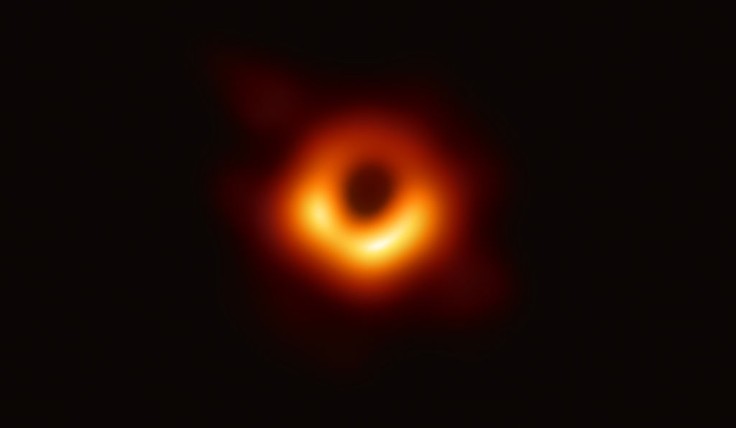
Astronomers captured an image of a black hole eruption which has a size of 16 full moons in our sky. With regards to its location, it is in the nearest radio galaxy of the Milky Way.
Black Hole Image Shows Massive Eruption Equivalent to 16 Full Moons
In a study published on Nature Astronomy last December, scientists announced that they captured the most detailed image yet of a black hole eruption located in the galaxy Centaurus A.
The said galaxy contains the nearest actively consuming supermassive black hole, per EarthSky.
Wow! New images of huge jets of radiation in the most detailed picture yet of the supermassive black hole in galaxy Centaurus A. ⚫️📸
— EarthSky (@earthskyscience) January 9, 2022
Find out more about this monster black hole: https://t.co/4clHepQKQh
📸 Ben McKinley/ ICRAR/ Curtin University/ Connor Matherne/ LSU. pic.twitter.com/NGhs5g1paW
To further explain, Centaurus A, also known as NGC 5128, is an elliptical galaxy that is the nearest radio galaxy of the Milky Way. It is an excellent way for astronomers to investigate the active supermassive black hole since it is relatively near Earth.
Moreover, this black hole discovered has a mass of 55 million Suns with remarkable jets that stretch for 1.8 million light-years.
On the other hand, with regards to the size of the black hole eruption, its eruptive radio bubble spans the size of 16 full moons in our sky despite its distance the fact that it is 12 million light-years away from Earth.
In terms of its creation, the gigantic radio bubbles were created as the black hole consumes stars and dust in this remote galaxy, producing jets that spew materials out at near light speed. The stated radio bubbles were reported to be hundreds of millions of years old and extend eight degrees across the sky.
In relation to this, a full moon only covers half a degree.
How Did Astronomers Capture Black Hole Eruption Image?
For those curious to know how the black hole image was captured, the researchers explained that they took the image through the Murchison Widefield Array (MWA) telescope, which is operated by Curtin Observatory in Australia.
Furthermore, the new study that developed the black hole map was led by Dr. Benjamin McKinley of Curtin University.
According to McKinley, previous radio observations could not handle the extreme brightness of the jets, and details of the larger area surrounding the galaxy were distorted. However, their new image overcomes these limitations.
The lead author also explained that through this research, they were able to combine the radio observations with optical and x-ray data in order to help them better understand the physics of these supermassive black holes.
Furthermore, the astrophysicist from Italy's National Institute for Astrophysics (INAF) Dr. Massimo Gaspari added that this study validated a novel theory known as "Chaotic Cold Accretion" (CCA), which is emerging in different fields.
Gaspari described that "In this model, clouds of cold gas condense in the galactic halo and rain down onto the central regions, feeding the supermassive black hole," per Good News Network.
The astrophysicist also said that the black hole, triggered by the rain, retaliates by blasting energy back by radio jets, inflating the magnificent lobes shown, which was clearly shown in the MWA image.
Through the MWA's extremely wide field-of-view, superb radio-quiet location and excellent sensitivity, MWA director Professor Steven Tingay remarked that the research was made possible.
Apart from this telescope used, the researchers expect to learn more about Centaurus A when the world's largest radio telescope, the Square Kilometer Array, goes online.









